by Ana Vasile et Olivier Godest , published on 12.05.2011
Faced with the evolution of uses and new media consumption habits, the music industry has to face similar problems to those seen in the audiovisual industry: unstable audiences, growing competition and pirating. However, new economic models and multiplatform projects are emerging: Jay Z, Gorillaz or Nine Inch Nails for example, are reinforcing their relationships with their audiences through storytelling.
New distribution models
The authors of record labels are faced with one main problem these days: the decreasing sales of material media (CD, DVD), which is directly linked to the digital explosion.

Even though it’s often brought up as producers’ number one fear, music only represents 2,9% of illegal downloads, as shown in this Ars Technica study. While most big producers are concentrating their efforts on fighting pirating with entities like the BPI in the UK, the Hadopi law in France or the RIAA in the US, new music development actors and economic development models are changing the playing field.
For example Spotify is a free music access provider that had 10 000 000 users last year with a service financed by advertizing. Since May 1st, Spotify’s policy has changed under pressure from record labels.
New Spotify Users will still be able to enjoy free service as it is offered now for the next 6 months. Afterwards, all the users of the free service will be able to listen to a song a maximum of 5 times, after this limit, the user will have to buy the song.
The number of listening hours will also be limited to 10 hours a month, a 50% decrease from last year. Spotify had to change its free policy under pressure from record producers who were denouncing an economic model that caused them losses. For example, Lemonde.fr criticized streaming based models by analyzing the distribution of money that comes from them and highlighting the fact that they hurt independent labels and artists.

On the other hand, a million subscribers are already paying 9,99 Euros per month for the premium service, without advertizing and available on mobiles. In a similar way, Last.fr, iTunes or Amazon have also been surfing the digital music wave for the past few years. Apple owns the leading music distributions platform with iTunes.
These examples show that, faced with the digital explosion, the music world is confronted with the need to make its distribution platforms and economic models evolve. The evolution of the global context also requires a change in the way they sell music. Artists’ marketing operations are also evolving, with storytelling elements bringing an added value to the cultural offer.
A reason to buy
Gerd Leonhard, communication and media consultant, compared music with bottled water. Water is available almost for free from the tap, but the bottled water market sells more than 89 billion liters of water each year, throughout the world. Leonhard highlights the omnipresence of music. Internet users can get it for free and more and more record houses want to attract the consumer’s limited attention.
The economic monopoly held for many years by classic producers and distributors is broken, mostly because of new business models based on digital access. Here is the question Leonhard asks himself: why pay for bottled water when it’s available for free from the tap? The solution suggested by the author is engagement, conversation, attraction and community. We’re not only selling music but rather an experience…
Robert Pratten, founder of “Transmedia Storyteller” and Transmedia consultant, touched upon the same theme during his presentation about the application of transmedia concepts to the world of music. Could storytelling give an additional reason to buy to Internet users, to generations who maybe, have never bought a CD?

Pratten compares the music industry with the fragrance industry: “We don’t sell perfumed water, but dreams.” According to him, music has to reinvent itself an added value to regain economic value.
One of the envisioned solutions is to “place the artist in a position of social catalyst in direct connection with the communities, to give them a reason to spend their money.” Instinctively, we can’t help thinking of Lady Gaga, who managed to create a real universe around her character… “Success requires more than a large community, it’s also based on credibility, authenticity, a relationship with the artist” Pratten concludes. He suggests building a narrative universe for an artist’s entire career and a narrative arc for each album and each song.
This can seem obvious but fans will be more likely to want to extend an experience that has moved them. The musical universe in which they’re immersed consolidates the feeling of belonging to a community that shares the same values as them. An idea exploited by the web-documentary “Ma tribu c’est ma vie” (“My tribe is my life”), in which eight internet users explain how music and Internet have transformed their interpersonal relations and contributed to forging their identity.

The creation of a global narrative universe is built, in large part, on the artist’s or the band’s personality, which can be a way of reinforcing the engagement of an audience already more or less seduced by its music. The more passionate fans are rewarded with stronger elements of affinity with the artists that they like, with the right tools, they might even become faithful ambassadors. The more massive ones will appreciate a coherent story that gives them elements of important reference points. Some artists like Gorillaz, JayZ or the rock band Nine Inch Nails, have already started doing this…
The pioneers of transmedia music
Universes inspired by their music, their lives or their characters are elements of value added for the products that they sell: a new album, concert tickets or a book…
The Gorillaz alter egos: characters that live in multimedia
Gorillaz is a virtual British band whose main creators are Damon Albarn (the singer of Blur and The Good, the Bad and the Queen) and Jamie Hewlett (the illustrator of Tank Girl). The members of Gorillaz are represented like characters of a comic book.
For each music video, they build a story around their easily identifiable characters, each of them representing a member of the band.
“Journey to Plastic Beach” is a 15 minute cartoon that represents the journey of Murdoc (the tall one on the right) to Plastic island, where the character conceives the latest Gorillaz album: “Plastic Beach”. The story continues with his efforts to find all the alter egos of the group’s members and his incredible adventure to find the lost spirit of the Gorillaz.
To organize the promo of their world tour, a treasure hunt was organized on the Internet. It’s goal? To find the 12 characters of the Gorillaz universe on the net. Those who finished the quest won an exclusive mix and were automatically entered into a contest to win a surfboard designed by Jamie, one of the members of the band.
On the Internet there are two official sites: the .fr, which is the classic marketing promo site, and the .com, which is a site where you can travel through the Gorillaz universe (especially Plastic Beach at the moment) in the form of an interactive game.

On this Gorillaz website, you can also play a dozen mini games, watch videos, listen to a “pirate radio”, have access to all of the group’s albums. Their facebook page now has 3,5 million fans.

Decoded by Jay-Z
In 2010, Jay-Z published his memoir, a conglomeration of music and references to his culture. To promote this launch, the New York agency Droga5 set up a multimedia campaign and a treasure hunt on Internet and in the real world.

Spiegel&Grau, Jay-Z’s editor, signed a partnership with search engine Bing. The dedicated page, created by the search engine, became the starting point of an ARG (Alternate Reality Game). Internet users were invited to find the 320 pages of Jay-Z’s memoir, hidden in Las Vegas, New York, Hollywood and even in the UK.
Each hiding place was a reference to his book, a key location in the artist’s life. Helped by Bing maps, the clues were given by Jay-Z on his and , the internet users joined this treasure hunt.

Those who managed to decode all the clues were selected for a draw. The prize for the winner was a lifetime access to all of Jay-Z’s concerts.
To increase the interest of the players, the organizers played on the Internet users’ ego: the first one to find a hiding place could “announce” his discovery on the campaign’s website with his name. This way, other players could see the name of those who discovered each page.
Pages were hidden on advertising boards, in hamburger wrappings, at the bottom of a swimming pool, in music or jewelry stores, in his favorite bar, on the punching bag of a gym, or on the back of the T-shirts of café waiters.
In four weeks, the players managed to find all the pages; as a reward, they received books signed by Jay-Z or, through a draw, another prize: a trip to Las Vegas for a New Year’s concert by Jay-Z and Coldplay.
The promotional campaign was financed by Bing and not by the editor. Bing’s Marketing Director refused to release the campaign’s budget but told the New York Times that “important costs are associated with this project”.

However, the results were positive! In November 2010, during the campaign, Bing experienced the most important market share of American traffic since its creation: 11,8%.
Nine Inch Nails: a long-term relationship
The “Year Zero” ARG
In 2007, the band Nine Inch Nails (NIN) created an ARG for the launch of their new album “Year Zero”, thanks to the agency 42 Entertainment.
This treasure hunt took place in an alternate reality, clues were given through texts on NIN T-shirts, singles of the new album left on USB keys, everything hidden in the toilets of concert venues, on websites or through secret phone numbers. All these elements helped players move ahead in the dark story of Year Zero: a world ravaged by an infinite war and an environmental catastrophe.
The goal of the project was to immerse fans in an experienced linked to the universe of the album.

The leader of the band, Trent Reznor, qualified this experience as a “new type of entertainment”. According to him, the combined effect of entertainment, word of mouth and engagement of the audience, made this ARG the perfect tool to promote this album. For more information on their transmedia experience see the case study of the agency 42 Entertainement here.
The NIN iPhone application
To stay in touch with its audience and reward their loyalty, NIN made a partnership with Tap Tap Revenge in 2008, this iPhone game tests players rhythm in a similar way to “Guitar Hero”.

The band created their own version of the game for 4,99$, everyone could test their rhythm on 13 NIN songs. Furthermore, those who managed to exceed a given score could win places to NIN concerts or the big prize: “a Les Paul guitar signed by Trent Reznor.”
The ticket race

Still in 2008, NIN found another way to federate its community.
For the inhabitants of Los Angeles, Trent Reznor had hidden concert tickets in parks, under rocks, in ditches… Each hiding place was announced on the band’s Google Earth feed.
Conclusion
These examples show that storytelling can help artists offer parallel experiences anchored in their musical universes. Nine Inch Nails and Jay-Z managed to engage their communities in sincere ways with an uninterrupted communication like Pratten suggested.
These two operations are similar in the games’ mechanics but with different approaches. While Jay-Z built a multimedia platform around his life and his character (through his autobiography and its ARG), the rock band built its narrative universe around music, with a particular atmosphere. Gorillaz uses another technical approach by developing virtual characters that evolve with each new album.
If the music industry can learn from the audiovisual one to build narrative universes around its products to better engage its fans, the audiovisual industry could also learn from the music industry to build events around its “classic” contents.
We’ve only explored three examples here but the list of artists that developed a transmedia storytelling universe is much longer, we can think of Michael Jackson or Daft Punk for example. If you also have examples of artist that deserve a place on the list of Transmedia music pioneers, don’t hesitate to share it in the comments or on the .




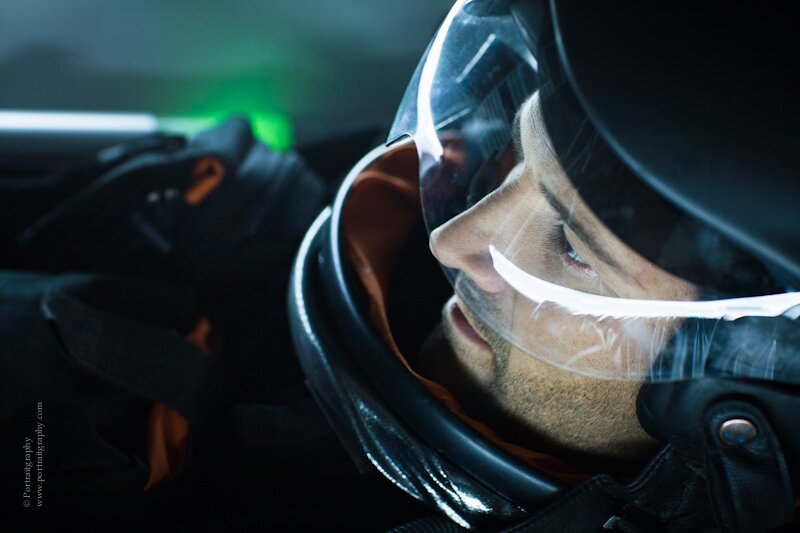

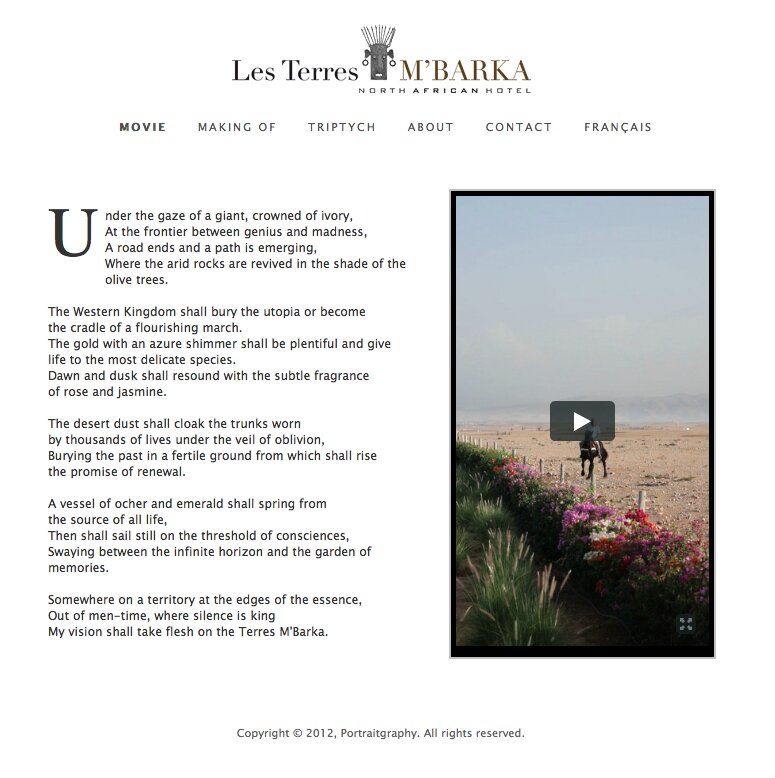





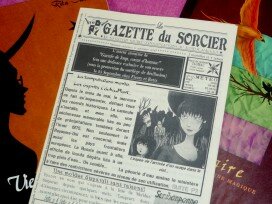
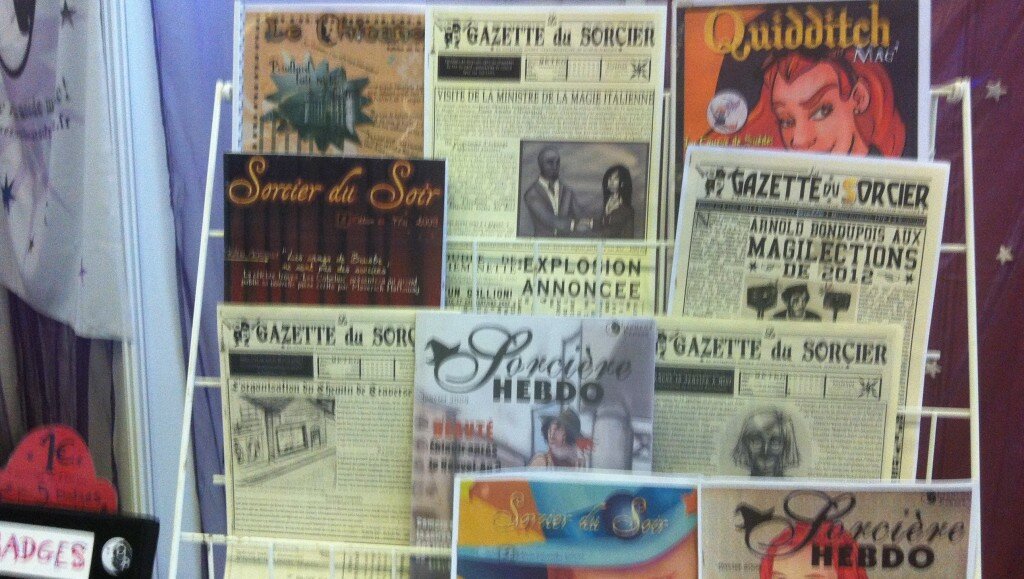
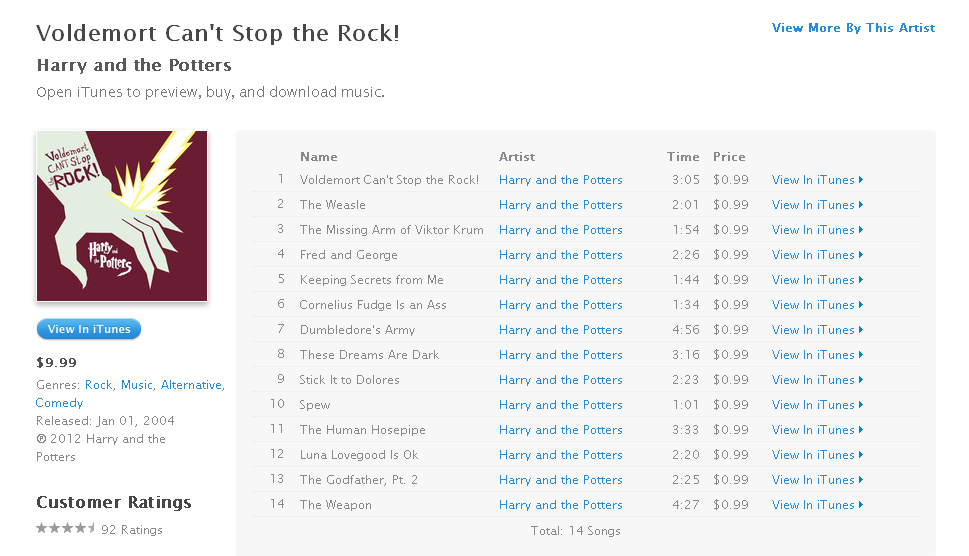
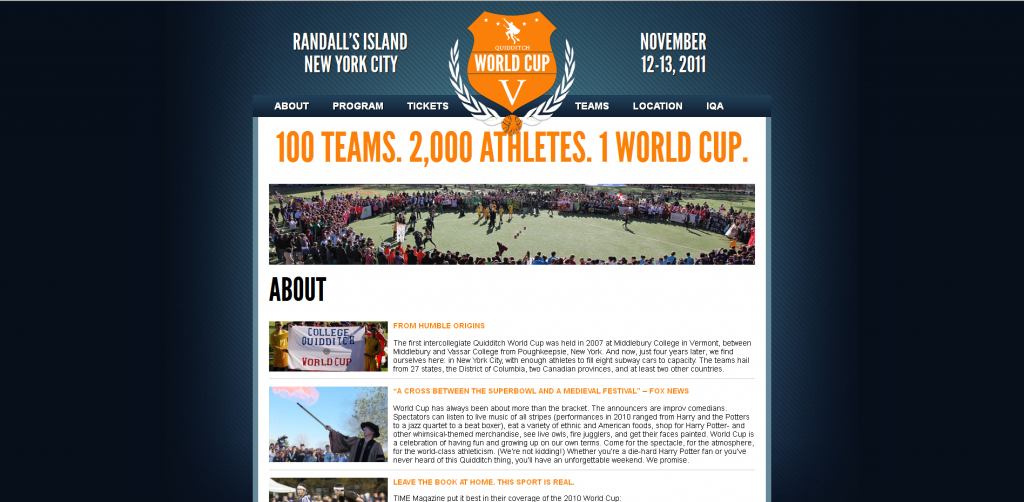
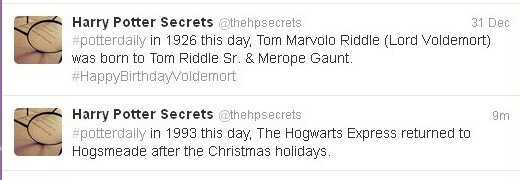
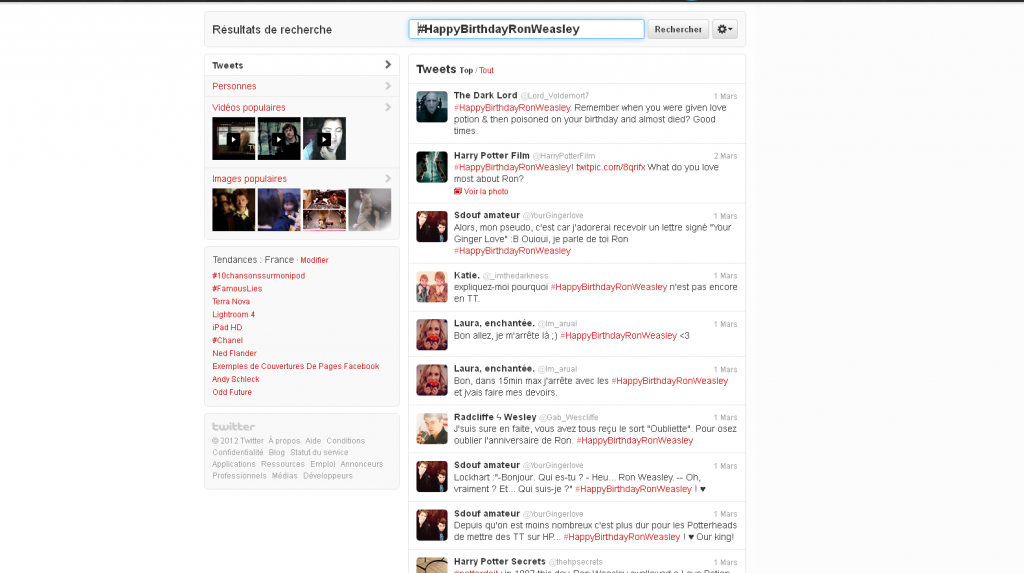
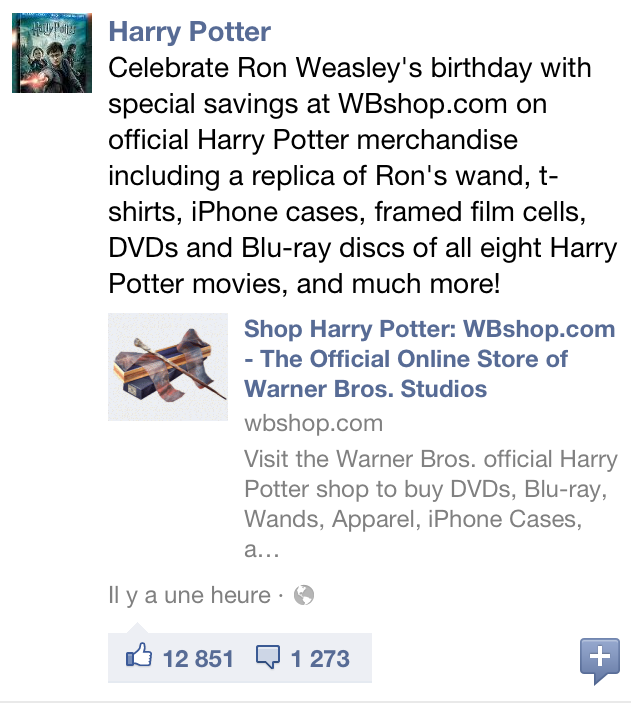






 project, which was presented at the 2010 Ateliers Orange de la creation (Orange creation workshops). Detective Avenue began by winning over the Games selection board (the Orange “transmedia” workshop was multi-themed: fiction, music, games, etc.) and then the executive board of the Ateliers Orange. One of 120 entrants, Murmures Productions took the prize at this first event dedicated to creative transmedia formats.
project, which was presented at the 2010 Ateliers Orange de la creation (Orange creation workshops). Detective Avenue began by winning over the Games selection board (the Orange “transmedia” workshop was multi-themed: fiction, music, games, etc.) and then the executive board of the Ateliers Orange. One of 120 entrants, Murmures Productions took the prize at this first event dedicated to creative transmedia formats. the digital storytelling, were both innovations that helped win over the panel of judges,” remarks , Director of the Transmedia lab and panel member.
the digital storytelling, were both innovations that helped win over the panel of judges,” remarks , Director of the Transmedia lab and panel member.



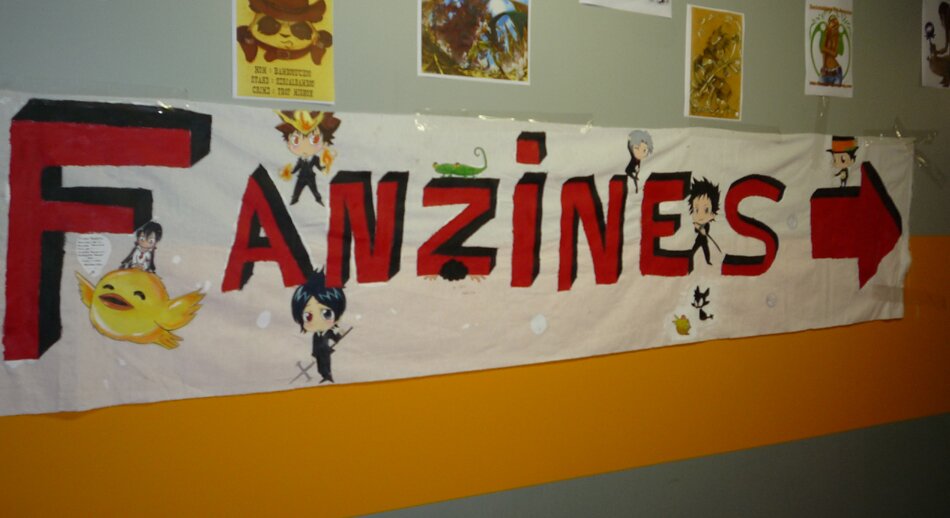

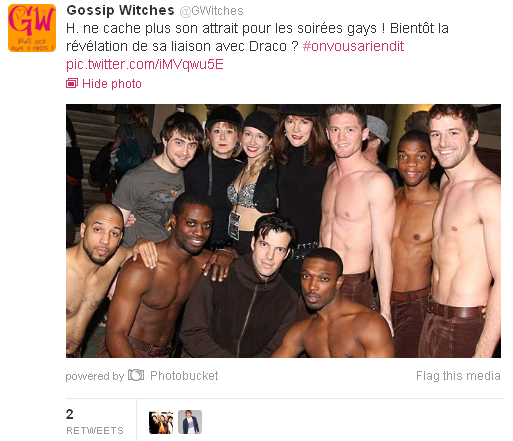
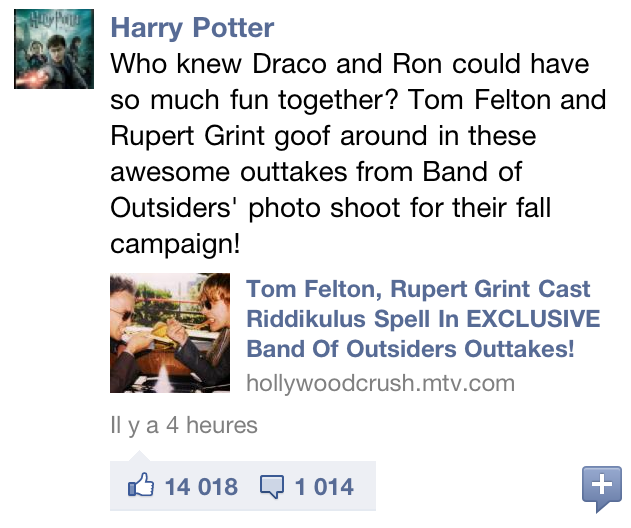
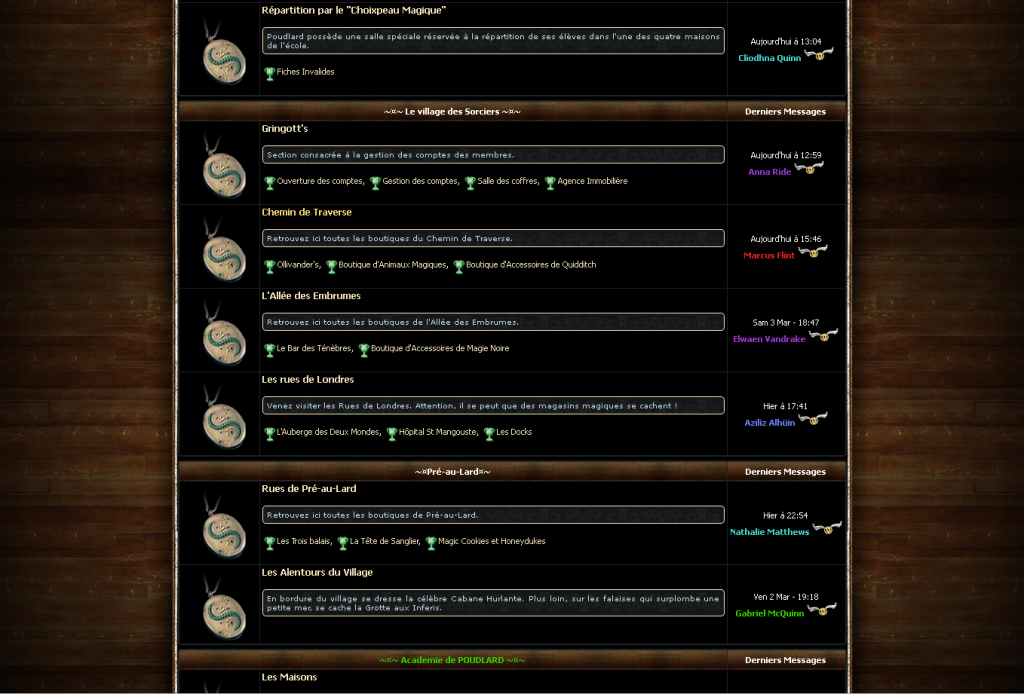
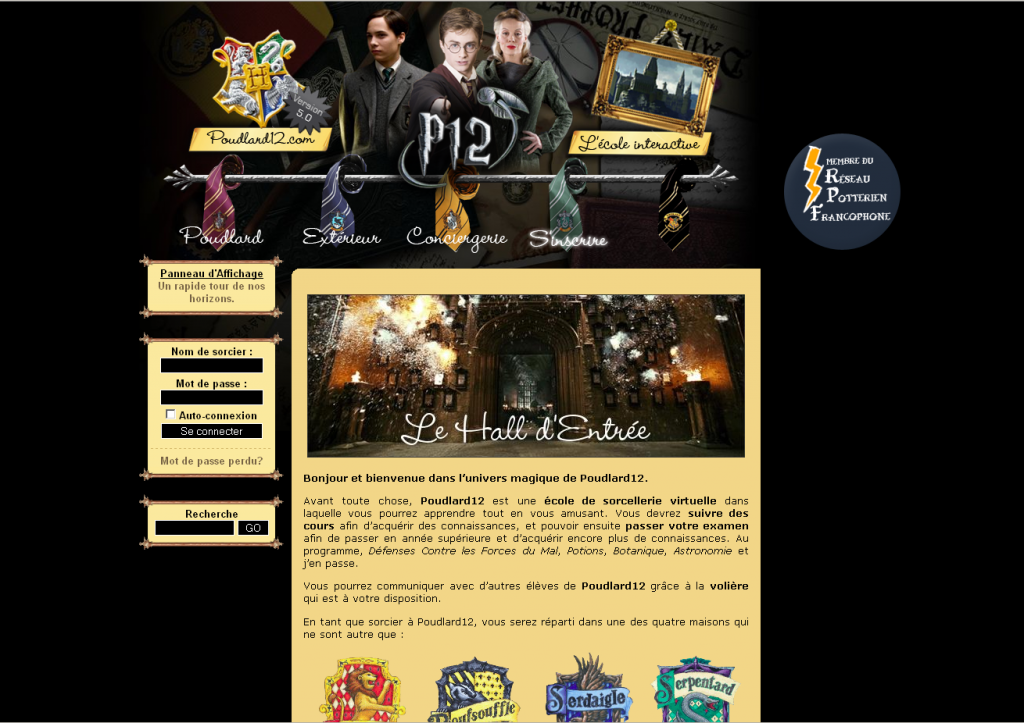

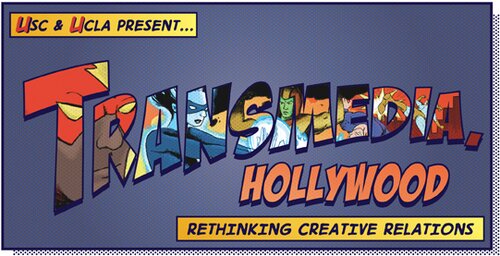

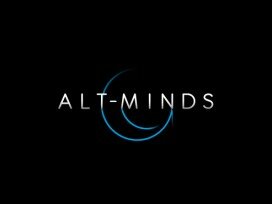
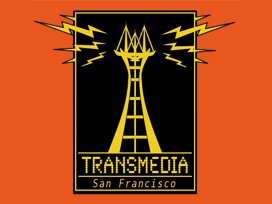


 PHOTOGRAPHS
PHOTOGRAPHS

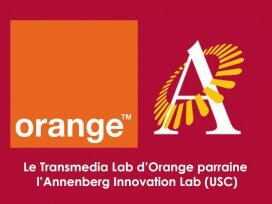
 In the context of new projects and international perspectives,
In the context of new projects and international perspectives, 


 For its part, Transmedia categorie focus on confluence of video storytelling with gaming, live events, mobile applications, integrated marketing, dual screen content, or any additional techniques for enriching the story and the user experience. In the same spirit as for the viral video category, competitors must present their ideas up to 20 images in order to state one’s business by developing the concept, the target, the story, the characters, platforms and budget.
For its part, Transmedia categorie focus on confluence of video storytelling with gaming, live events, mobile applications, integrated marketing, dual screen content, or any additional techniques for enriching the story and the user experience. In the same spirit as for the viral video category, competitors must present their ideas up to 20 images in order to state one’s business by developing the concept, the target, the story, the characters, platforms and budget.


 The group recently made two big announcements. First, it is incorporating as a NY-based not-for-profit organization called StoryCode. On the other hand, the Film Society of Lincoln Center is a new sponsor, offering the Elinor Bunin Munroe Film Center Amphitheater for the group’s meetings. Wonderful, dramatic changes and another proof if needed that the group is now all grown up: 2012 shall be a pretty busy one for NY transmedia professionals!
The group recently made two big announcements. First, it is incorporating as a NY-based not-for-profit organization called StoryCode. On the other hand, the Film Society of Lincoln Center is a new sponsor, offering the Elinor Bunin Munroe Film Center Amphitheater for the group’s meetings. Wonderful, dramatic changes and another proof if needed that the group is now all grown up: 2012 shall be a pretty busy one for NY transmedia professionals!






 Cindy Gallop is the first confirmed speaker at MIPCube. She is the former US President of creative agency Bartle Bogle Hegarty and the CEO of
Cindy Gallop is the first confirmed speaker at MIPCube. She is the former US President of creative agency Bartle Bogle Hegarty and the CEO of 

 Jean-François Rodriguez
Jean-François Rodriguez Morgan Bouchet
Morgan Bouchet




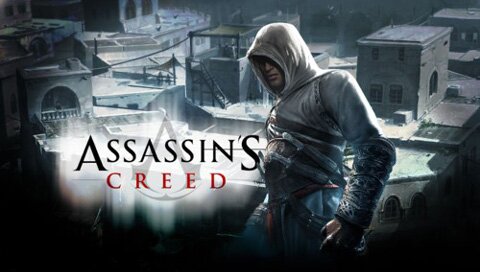

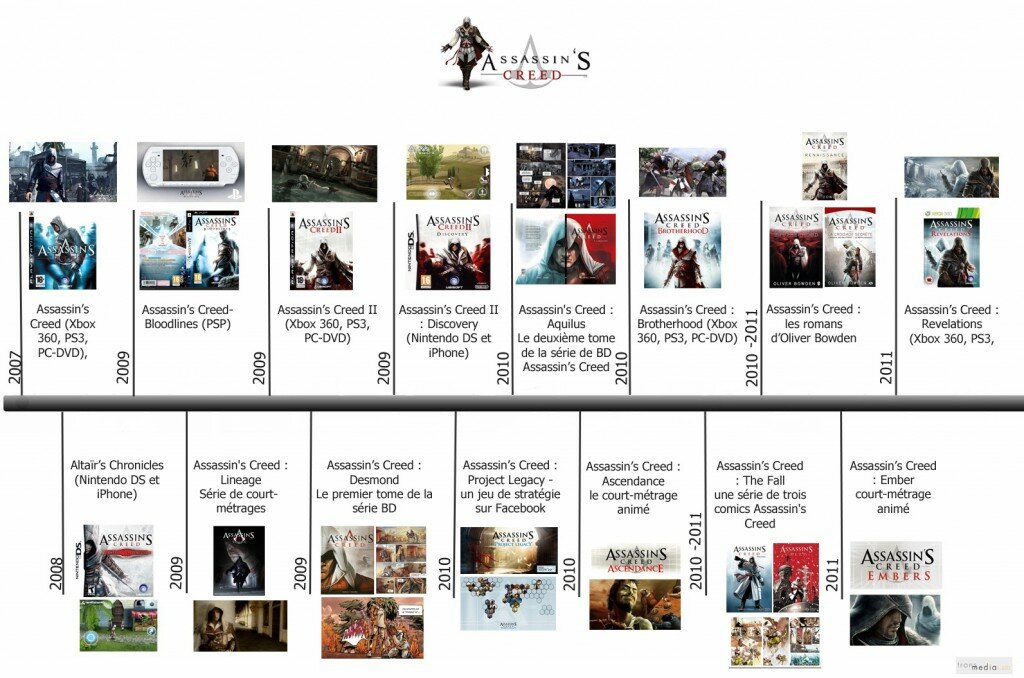
 Altaïr’s Chronicles focuses solely on the young Altaïr and events that take place in 1190, in the midst of the Third Crusade. It does not reproduce the story of the first game for portable consoles, choosing instead to explore the protagonist’s youth. However, by ignoring the SF meta-mystery aspect, and not contributing to the central narrative, this version failed to be adopted as a core part the world of the game
Altaïr’s Chronicles focuses solely on the young Altaïr and events that take place in 1190, in the midst of the Third Crusade. It does not reproduce the story of the first game for portable consoles, choosing instead to explore the protagonist’s youth. However, by ignoring the SF meta-mystery aspect, and not contributing to the central narrative, this version failed to be adopted as a core part the world of the game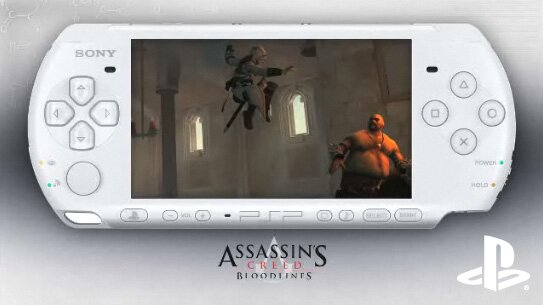
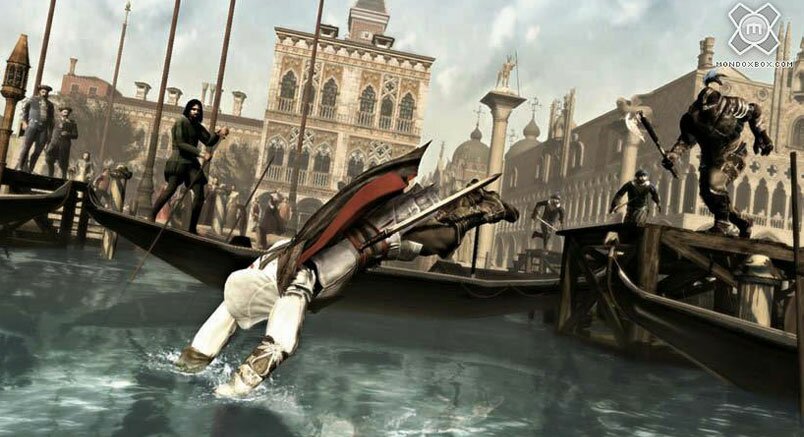
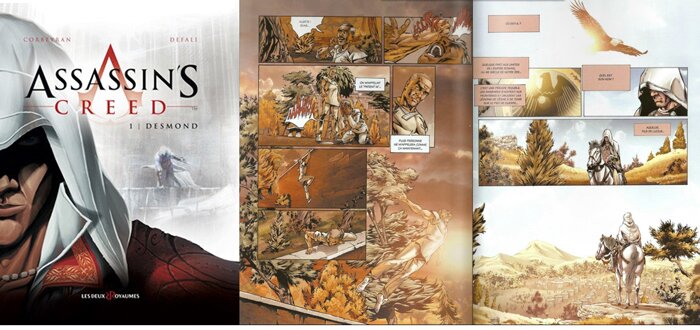
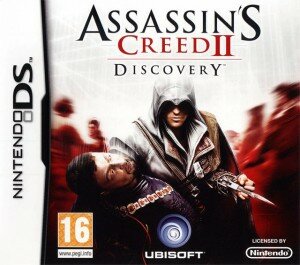




 Adrian Hon is co-founder and CEO at
Adrian Hon is co-founder and CEO at 

















 Created by the team that wrote
Created by the team that wrote 
















 What exactly do you mean by « interactive with the website »? What kind of quest or tasks would the users perform?
What exactly do you mean by « interactive with the website »? What kind of quest or tasks would the users perform? 



 A special section of DIY DAYS will be highlighting some new innovative work. DIY Days teamed up with Cinema Speakeasy to create an innovative exhibition, in other words a space to show to creators of film, games, music, design projects, immersive experiences and anything else that deals with storytelling. Evidently the exhibition’s space is limited so the organizers told us to make sure to contact them early if you want to expose your work. For more details, check out this website.
A special section of DIY DAYS will be highlighting some new innovative work. DIY Days teamed up with Cinema Speakeasy to create an innovative exhibition, in other words a space to show to creators of film, games, music, design projects, immersive experiences and anything else that deals with storytelling. Evidently the exhibition’s space is limited so the organizers told us to make sure to contact them early if you want to expose your work. For more details, check out this website.


 Jeff Gomez, the co-founder of Starlight Runner was describing in
Jeff Gomez, the co-founder of Starlight Runner was describing in 





























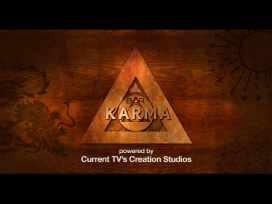
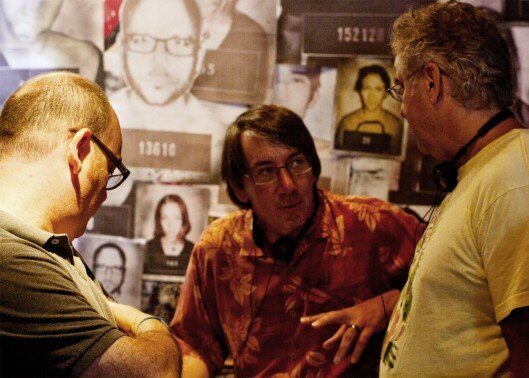
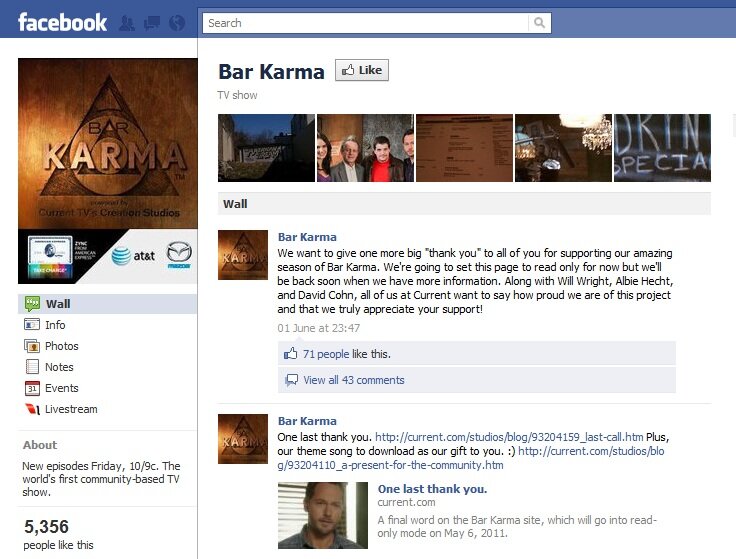

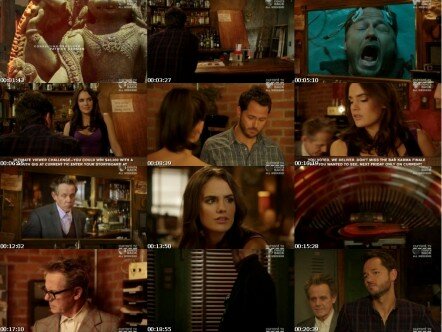
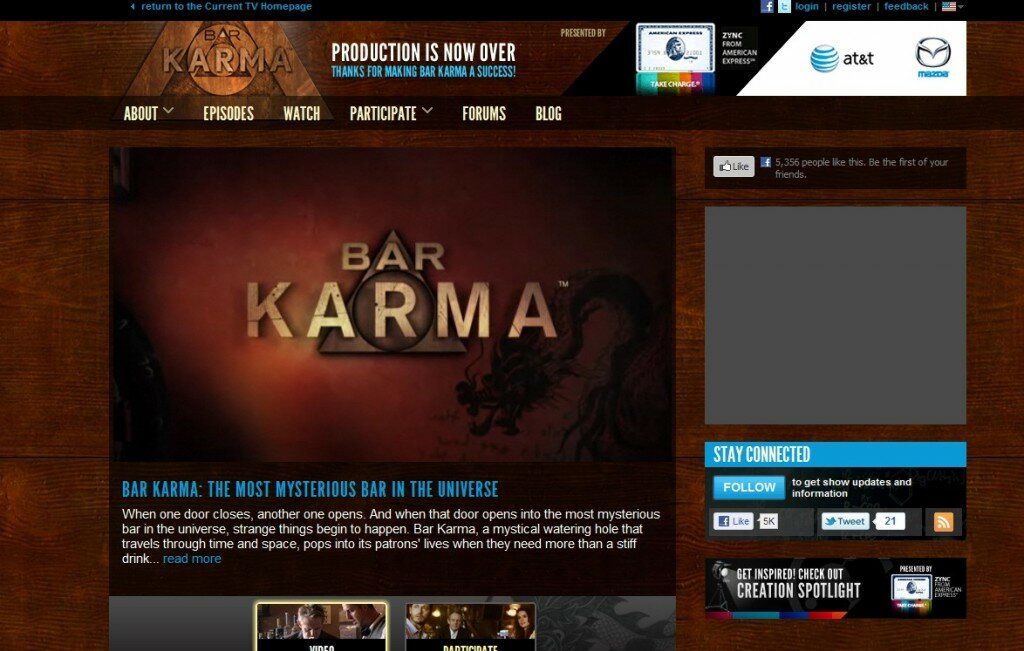


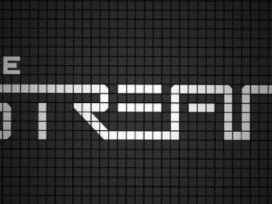
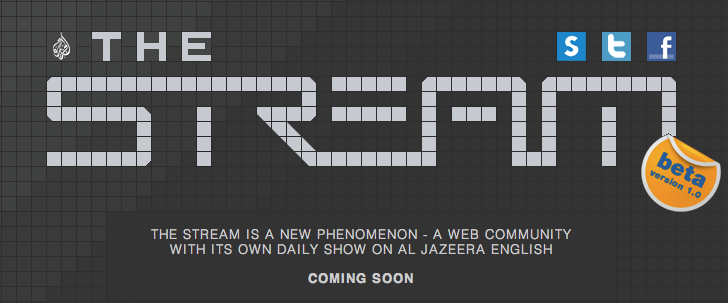
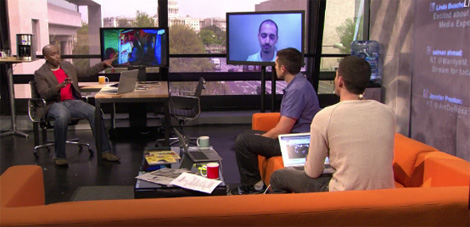

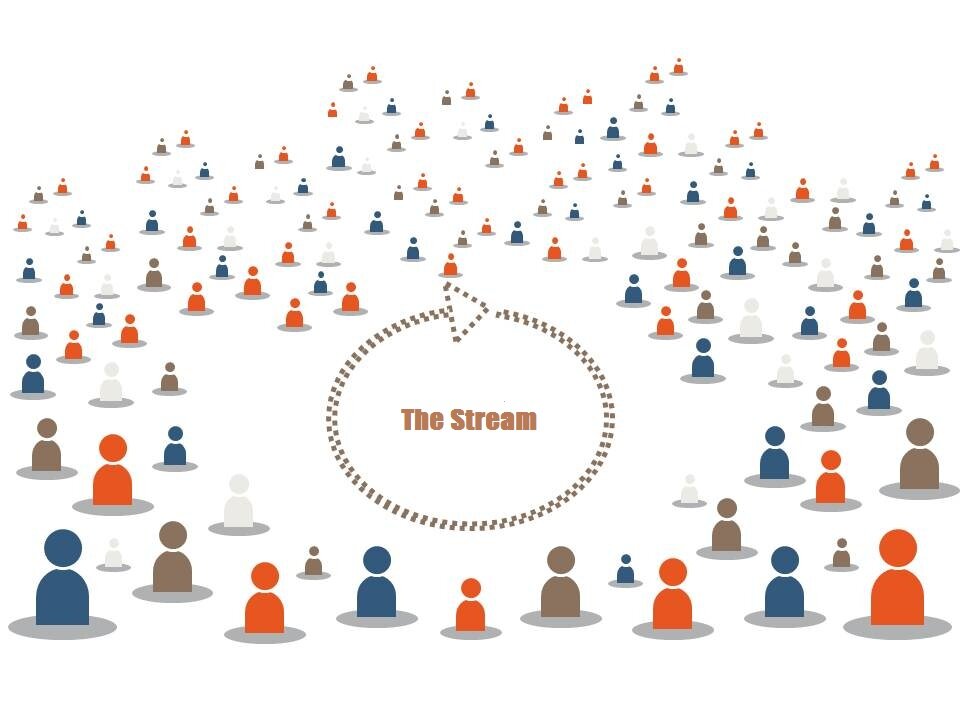
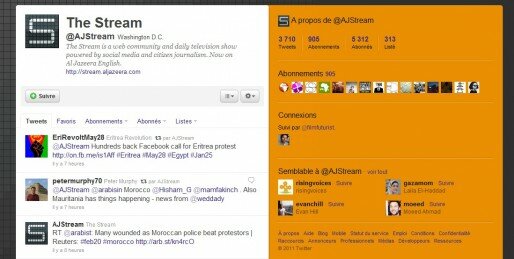 The Stream offers an opportunity to break from the traditional pattern of bringing television into people’s houses: here, people are easily allowed to bring their contribution to television with the tools that they use on a daily basis. At the same time, the editorial policy of the channel and its reputation are embodied by the journalists and the choices they make during the live program.
The Stream offers an opportunity to break from the traditional pattern of bringing television into people’s houses: here, people are easily allowed to bring their contribution to television with the tools that they use on a daily basis. At the same time, the editorial policy of the channel and its reputation are embodied by the journalists and the choices they make during the live program.

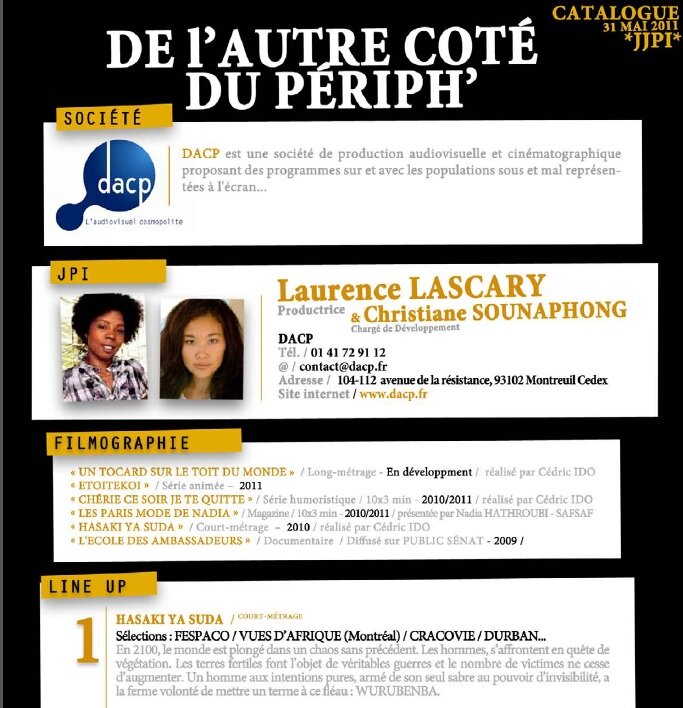
![POWERPIXEL_magNEW-1 [Converted] POWERPIXEL_magNEW-1 [Converted]](/wp-content/uploads/2011/05/PttP-2011_MarketLogo-272x204.jpg)
 The producers submitting their projects must have a strong cinema, or audiovisual, or interactive media experience. Only 25 proposals will be selected and only 8 finalists will be eligible for the Arte Pixel Pitch prize.
The producers submitting their projects must have a strong cinema, or audiovisual, or interactive media experience. Only 25 proposals will be selected and only 8 finalists will be eligible for the Arte Pixel Pitch prize.



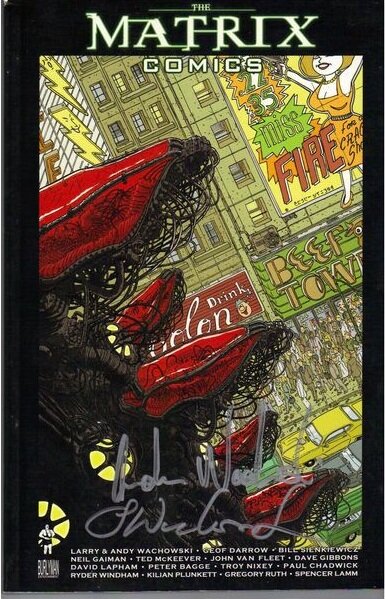
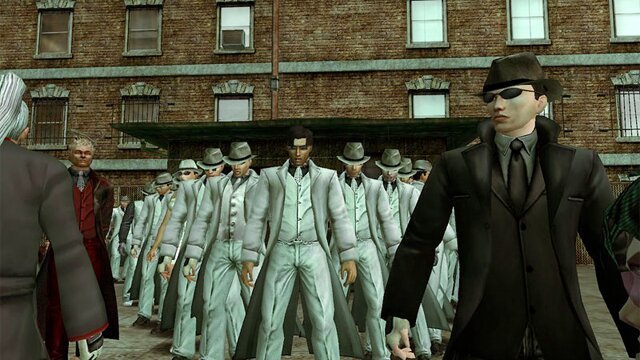
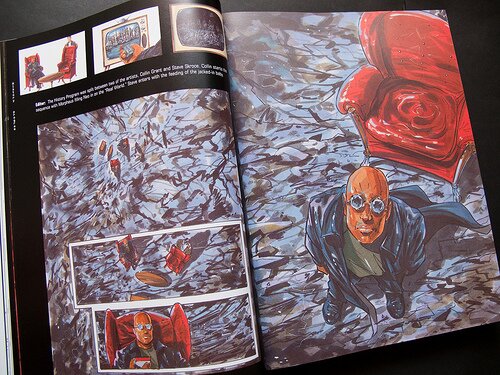
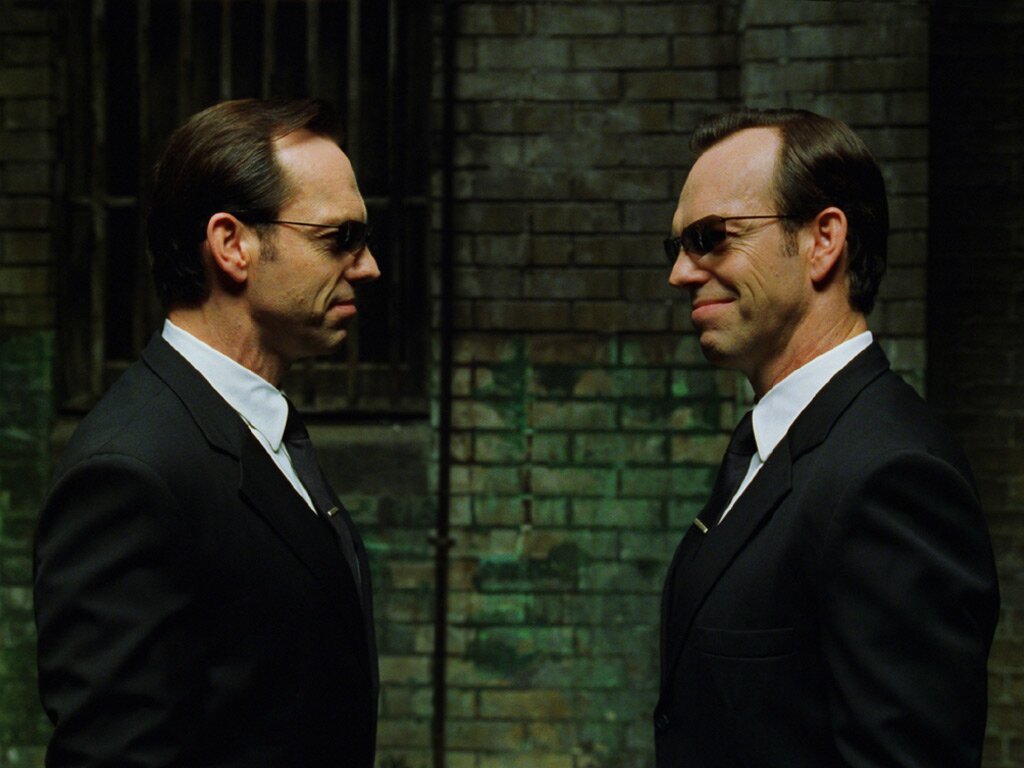

















 You might be surprised by the fact that the producer didn’t choose to create an iPhone app, especially with this king of target. The mobile media was ignored because the celphones are forbidden in Dutch schools: a nice proof that the transmedia mechanism was well adapted to its audience.
You might be surprised by the fact that the producer didn’t choose to create an iPhone app, especially with this king of target. The mobile media was ignored because the celphones are forbidden in Dutch schools: a nice proof that the transmedia mechanism was well adapted to its audience.


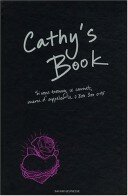


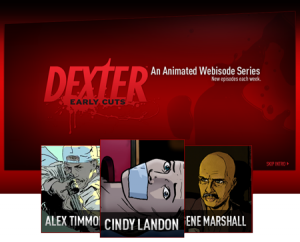

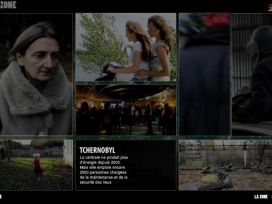

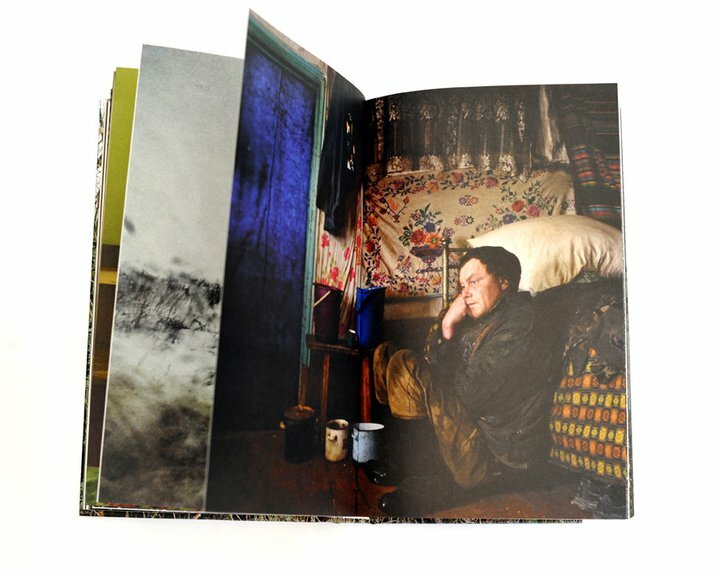



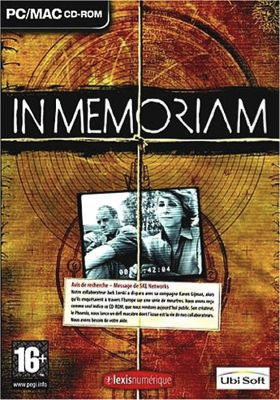



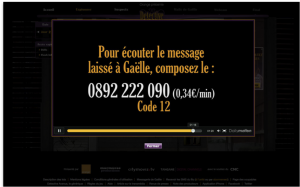
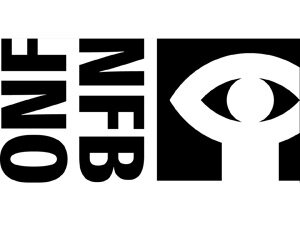 In 2007, Telefilm Canada created a new media fund, the CMF-FMC, destined for non-television content (multimedia, games, etc). This fund has a good track record since the organism has acquired a real know-how in the field of non-linear production.
In 2007, Telefilm Canada created a new media fund, the CMF-FMC, destined for non-television content (multimedia, games, etc). This fund has a good track record since the organism has acquired a real know-how in the field of non-linear production.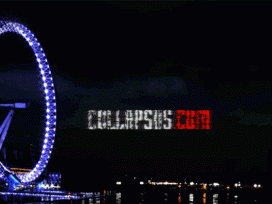
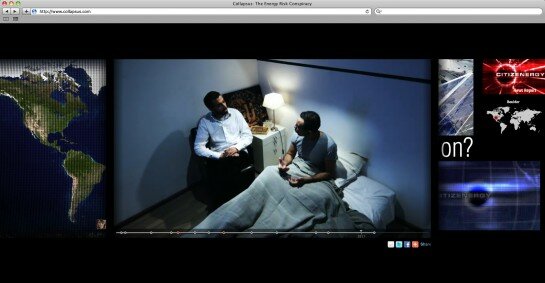
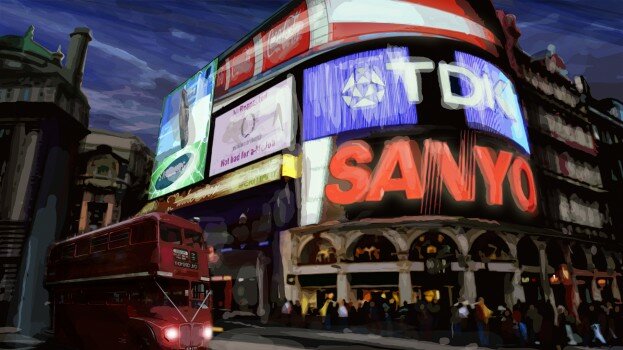
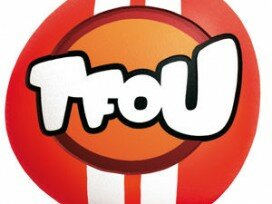





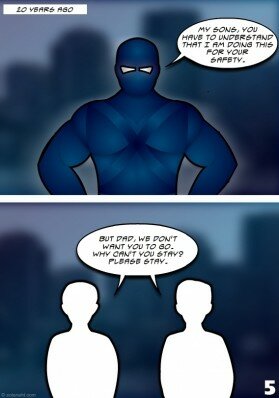
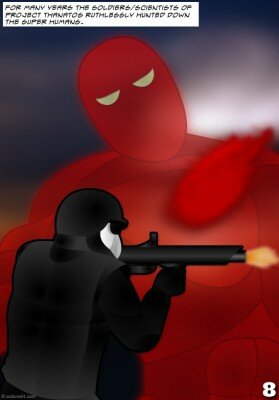

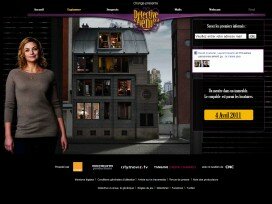
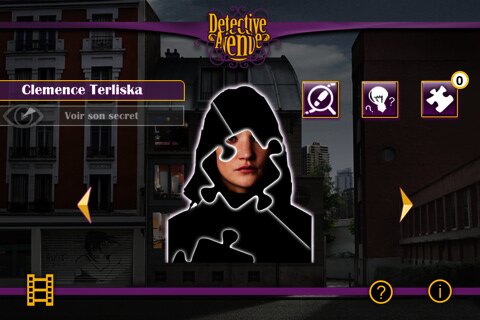
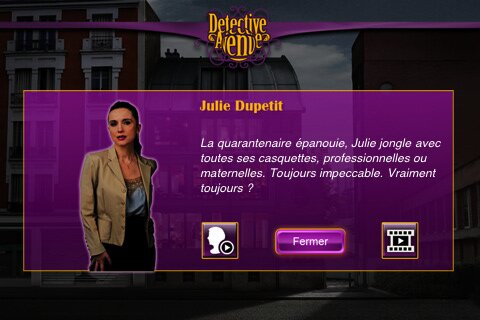
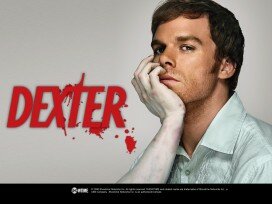
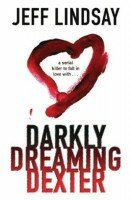

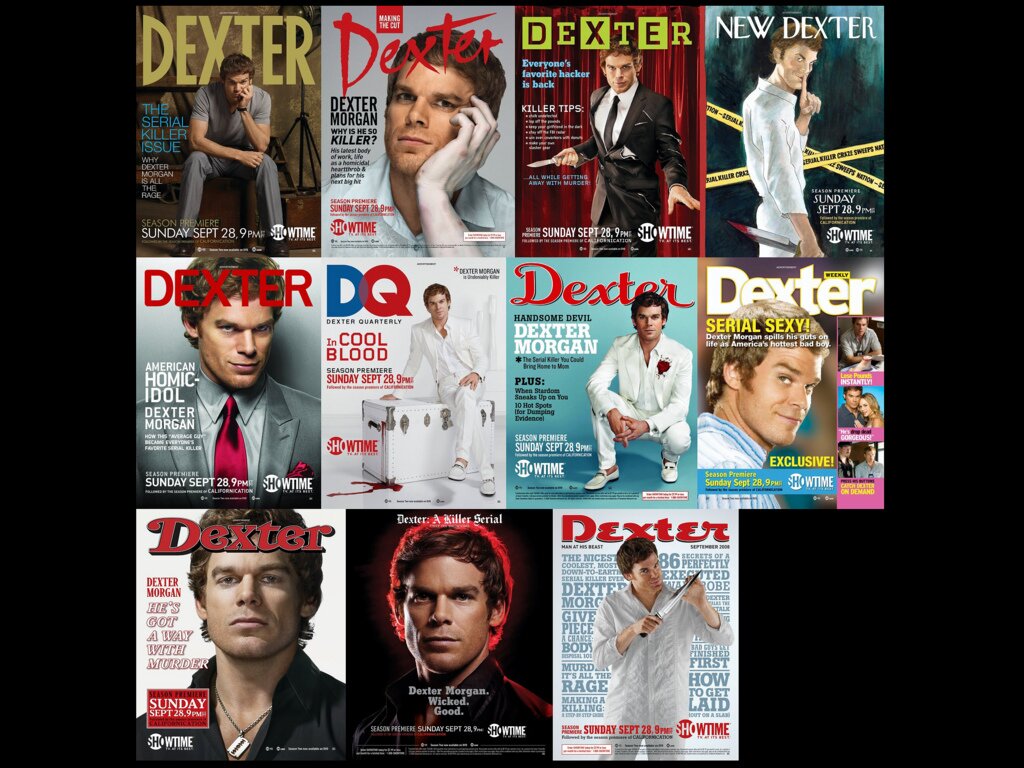 Creative Commons : Adam Crowe
Creative Commons : Adam Crowe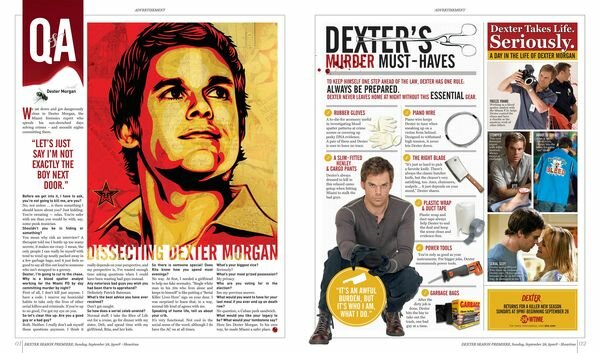
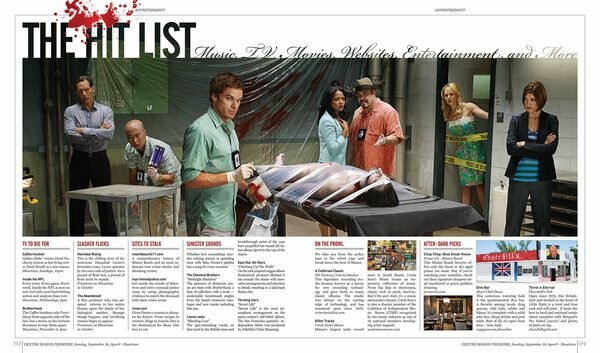

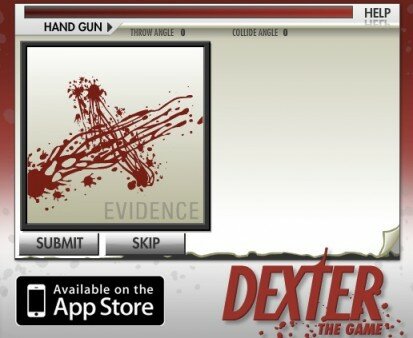

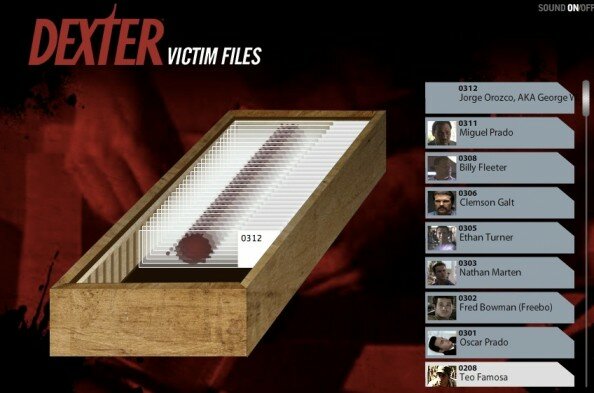



 Published by
Published by 



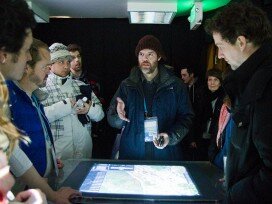
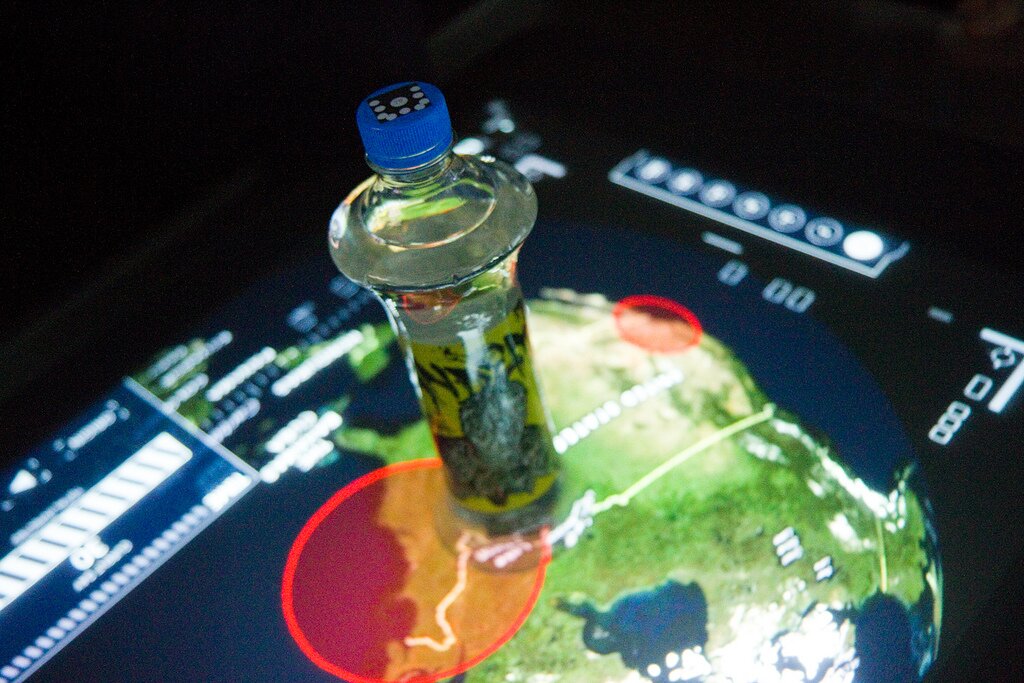
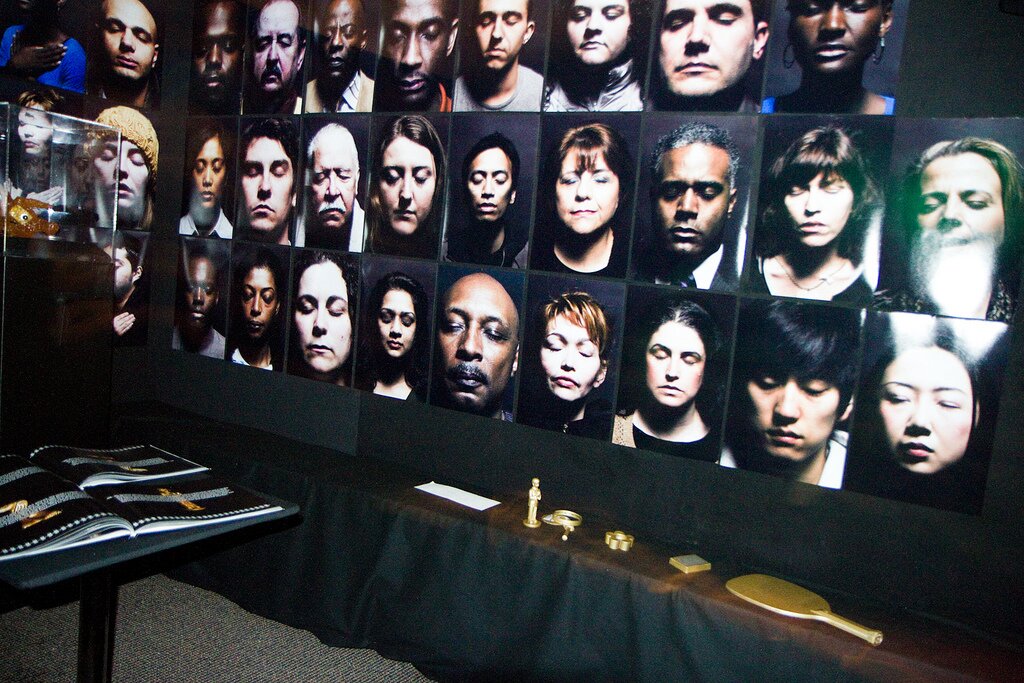


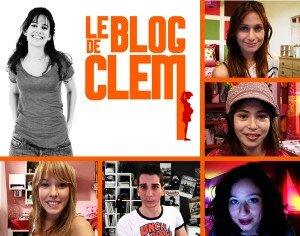
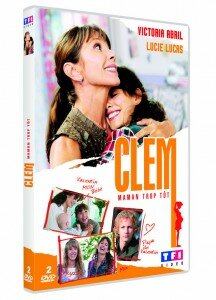
























































 In August, Space Trotters, a strange company directed by Leonard Astruk, opened with a strange and surrealist offer: travelling to space for less than 5000 euros !
In August, Space Trotters, a strange company directed by Leonard Astruk, opened with a strange and surrealist offer: travelling to space for less than 5000 euros !






























 For its latest operation, Uniqlo has launched an international competition to find the next designers of its Mickey and Minnie Mouse collection. The winner will see his or her creation distributed in the whole world and receive a 10 000$ reward! More information on
For its latest operation, Uniqlo has launched an international competition to find the next designers of its Mickey and Minnie Mouse collection. The winner will see his or her creation distributed in the whole world and receive a 10 000$ reward! More information on 
















































 The concept of Heroes was initiated by its creator Tim Kring, who knew and succeeded in freely developing his ideas without any constraint on NBC’s behalf. The network gave into his enthusiasm, which was shared by his whole team. Heroes is written by a team of about 12 scriptwriters, it’s a real collective creation, each story, each episode, is written collaboratively. However, each character is developed by a defined author for several episodes and finalized in an iterative way. According to Heroes’ executive producers, this way of working is much more efficient for a series, than having one author for each episode, where each one would follow the bible of the series’ creator. This also allows for a lot of reactivity, which is very practical to avoid pitfalls that a “traditional” team often takes very long to overcome.
The concept of Heroes was initiated by its creator Tim Kring, who knew and succeeded in freely developing his ideas without any constraint on NBC’s behalf. The network gave into his enthusiasm, which was shared by his whole team. Heroes is written by a team of about 12 scriptwriters, it’s a real collective creation, each story, each episode, is written collaboratively. However, each character is developed by a defined author for several episodes and finalized in an iterative way. According to Heroes’ executive producers, this way of working is much more efficient for a series, than having one author for each episode, where each one would follow the bible of the series’ creator. This also allows for a lot of reactivity, which is very practical to avoid pitfalls that a “traditional” team often takes very long to overcome. Another originality of series such as Heroes, but also Lost and Alias, is in its authors’ personality, Tim Kring or JJ Abrams. They never write for the largest possible audience. They never think of the “wide audience”, they are series fans and simply write for other fans!
Another originality of series such as Heroes, but also Lost and Alias, is in its authors’ personality, Tim Kring or JJ Abrams. They never write for the largest possible audience. They never think of the “wide audience”, they are series fans and simply write for other fans!
 Everyone agreed it was a total success, an important moment for our development thanks to the quality of the projects and of the interventions, the freedom of the tone, the creative spirit and the desire to build something together that came out. With regards to that, Bénédicte Lesage de Mascaret wrote us this note which is worth all the rewards in the world: “Thank you again for the quality of yesterday’s event, it brought together creativity, competence and the desire to create transmedia projects. A great opportunity for us to reinvent new ways of telling stories, other stories.”
Everyone agreed it was a total success, an important moment for our development thanks to the quality of the projects and of the interventions, the freedom of the tone, the creative spirit and the desire to build something together that came out. With regards to that, Bénédicte Lesage de Mascaret wrote us this note which is worth all the rewards in the world: “Thank you again for the quality of yesterday’s event, it brought together creativity, competence and the desire to create transmedia projects. A great opportunity for us to reinvent new ways of telling stories, other stories.”











 We are convinced that within 5 years, the majority of audiovisual production will be conceived for plurimedia: a TV series, a film, a documentary, an echo on the Internet or on mobiles. Get ready for the transmedia wave to roll onto all your screens!
We are convinced that within 5 years, the majority of audiovisual production will be conceived for plurimedia: a TV series, a film, a documentary, an echo on the Internet or on mobiles. Get ready for the transmedia wave to roll onto all your screens!









































 medium to another by working specifically towards the transition from linear to delinear (VOD). Today’s users want to consume their images wherever and whenever they feel like it. So it is of the essence in transmedia creation that each content be accessible separately and at any time whatsoever on each platform, and that each cross-reference with the other contents on other platforms.
medium to another by working specifically towards the transition from linear to delinear (VOD). Today’s users want to consume their images wherever and whenever they feel like it. So it is of the essence in transmedia creation that each content be accessible separately and at any time whatsoever on each platform, and that each cross-reference with the other contents on other platforms.




 “When applied to storytelling, negative capability is the art of building strategic gaps into a narrative to evoke a delicious sens of “uncertainty, mystery, or doubt” in the audience. This empowers audiences to fill in the gaps in their own imaginations while leaving them curious to find out more. In Convergence Culture, Jenkins quotes media scholar Mary Beth Haralovich and mathematician Michale W. Trosset: narrative pleasure stems from the desire to know what will happen next, to have that gap opened and closed, again and again, until the resolution of the story.”
“When applied to storytelling, negative capability is the art of building strategic gaps into a narrative to evoke a delicious sens of “uncertainty, mystery, or doubt” in the audience. This empowers audiences to fill in the gaps in their own imaginations while leaving them curious to find out more. In Convergence Culture, Jenkins quotes media scholar Mary Beth Haralovich and mathematician Michale W. Trosset: narrative pleasure stems from the desire to know what will happen next, to have that gap opened and closed, again and again, until the resolution of the story.” “What Ruppel calls migratory cues are “ signal towards another medium – the means through which various narrative paths are marked by an author and located by a user through activation patterns”. Negative capability clears a space in the narrative for those cues to be planted. The letter in the Matrix franchise are a sample of a migratory cue, used as a hint for viewers to look for more information on the letter in The Animatrix and Enter the Matrix.
“What Ruppel calls migratory cues are “ signal towards another medium – the means through which various narrative paths are marked by an author and located by a user through activation patterns”. Negative capability clears a space in the narrative for those cues to be planted. The letter in the Matrix franchise are a sample of a migratory cue, used as a hint for viewers to look for more information on the letter in The Animatrix and Enter the Matrix.

 And transmedia?
And transmedia?








 Good stories are, for the most part, made up of a bundle of plots in which the various characters straddle different time periods. This abundance speaks to the multiple facets of our personalities, to the diversity of others. Everyone can identify with a character, make a plot his own and intertwine his thread with those of others. This multiplicity, interwoven with seriality, produces a robust multicoloured fabric. The multiple intersections of different times, spaces and characters echo the increasing fragmentation of our lives in today’s digital world.
Good stories are, for the most part, made up of a bundle of plots in which the various characters straddle different time periods. This abundance speaks to the multiple facets of our personalities, to the diversity of others. Everyone can identify with a character, make a plot his own and intertwine his thread with those of others. This multiplicity, interwoven with seriality, produces a robust multicoloured fabric. The multiple intersections of different times, spaces and characters echo the increasing fragmentation of our lives in today’s digital world. By letting us ramble in and out of multiple stories, transmedia should try to transcend the notions of past, present and future. The viewer will then be able to dive into the transmedia universe and lose himself there, forgetting the passage of time.
By letting us ramble in and out of multiple stories, transmedia should try to transcend the notions of past, present and future. The viewer will then be able to dive into the transmedia universe and lose himself there, forgetting the passage of time.


























Question is that all this is very interesting, but is the film good. Apparently there’s a lot people can learn from the making, but according to the reviews it might not be that good =/
Very interesting concept though.
Here’s some reviews
http://www.reddit.com/r/FilmReview/comments/qn8xf/iron_sky_reviews/